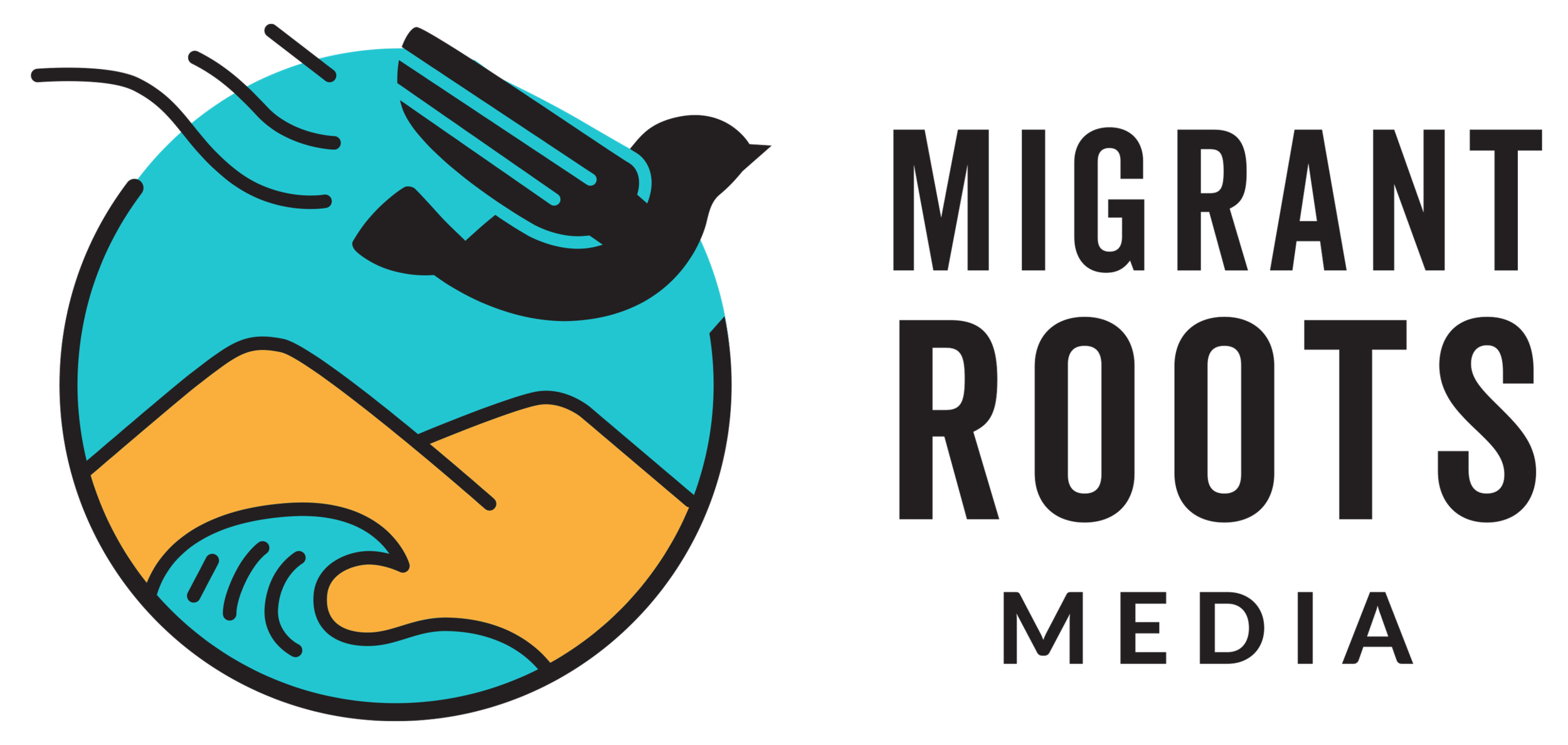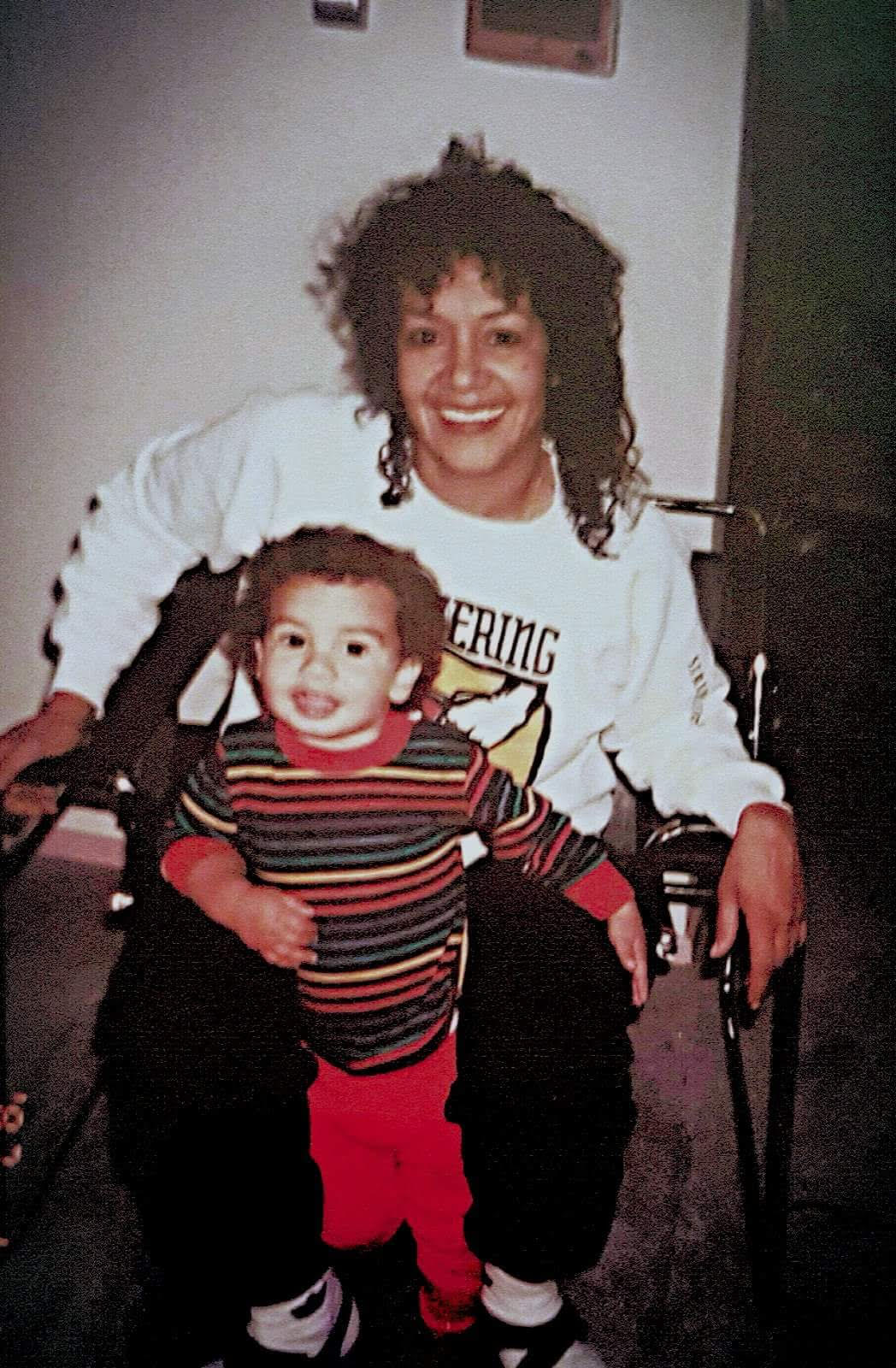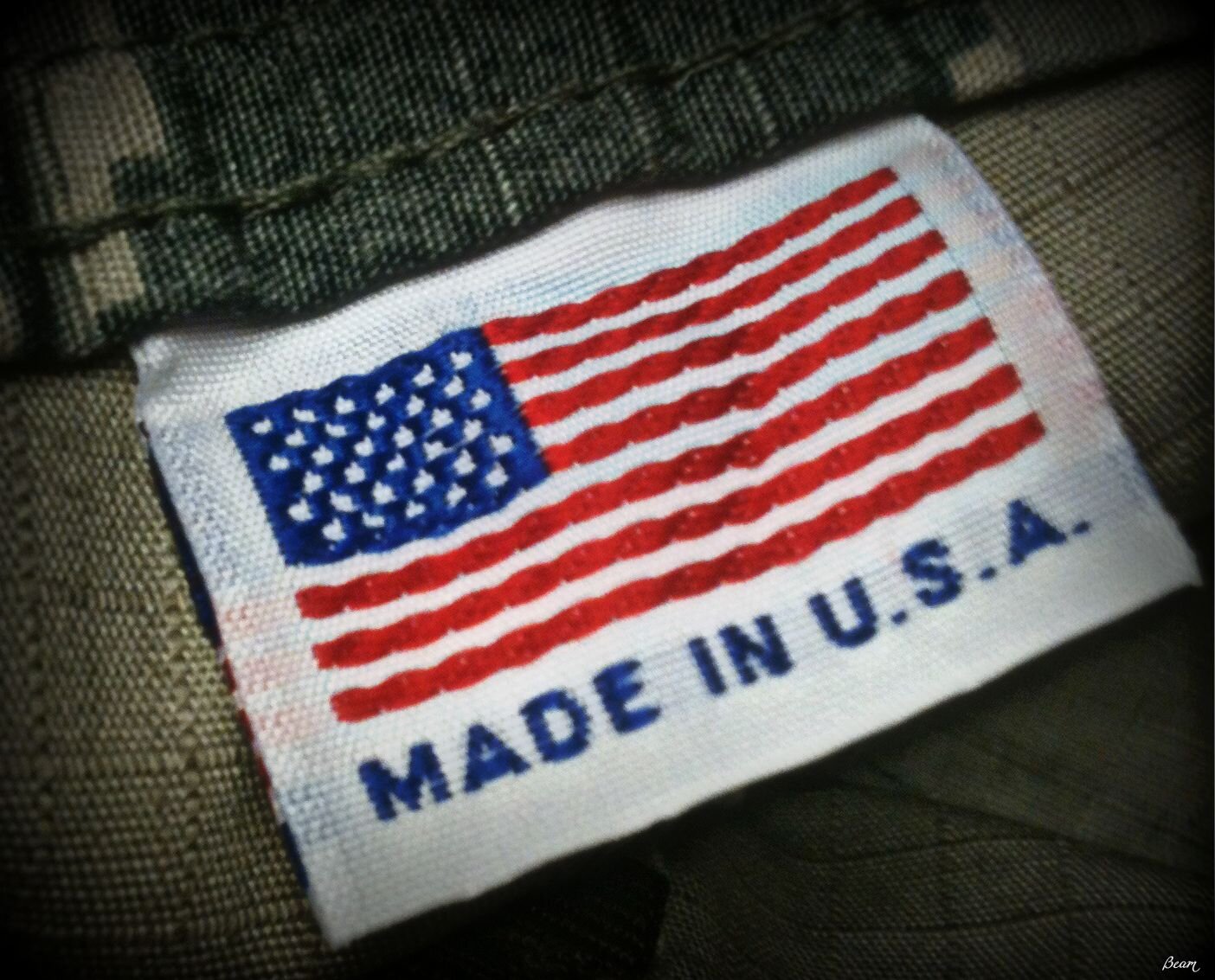Unveiling Parallel Atrocities: Historical Connections between the Genocide in Gaza and U.S./Israeli-Supported Genocides in Central America

The ongoing U.S.-supported Israeli genocide of Palestinians in Gaza, where over thirty-four thousand people have been murdered, half of them being children, is a new iteration of a longer history of U.S.-Israeli settler violence exported across the globe. Like Palestine, Central America was a critical site of U.S.-Israeli counter-revolutionary violence that targeted Black, Indigenous, and impoverished working people on an unimaginable, sadistic scale.
The history of Zionist support for Central American elites who helped to perpetrate these crimes against humanity dates back prior to the establishment of the Israeli state. In the 1940s, the U.S.-imposed dictator Anastasio Somoza García (the first of three dynastic Somozas to rule Nicaragua until 1979) supplied diplomatic cover to the precursor of the Israeli army, a Zionist paramilitary known as the Haganah, enabling them to acquire weapons in Europe. In return, Israel provided military equipment to the Somozas up until the downfall of Anastasio Somoza Debayle in the 1970s, by which time Nicaragua was importing 98% of its military equipment from Israel. Other Central American countries, mostly under military rule, continued building that relationship.
Indeed, Central America was one of many regions of Latin America and the Caribbean where Israel experimented with supporting right-wing dictatorships. Ranging from death squads in Colombia, neo-nazis in Argentina, and the Duvaliers in Haiti, Israel established relations with states who sought its counterinsurgent “expertise”—which it has perfected in Palestinian territories since the Nakba of 1948—to suppress their own revolutionary movements. As this declassified CIA report from 1984 clearly outlines, Israel was “eager to expand relations with third world states in order to reduce its diplomatic isolation and to gain access to new markets for industrial and military export.”
Nicaragua
It is not a coincidence that the countries with which Israel partnered were U.S.-funded, right-wing dictatorships that were hell-bent on suppressing the revolutionary wave that was developing in Central America in the 1970s and 80s. To the surprise and dismay of the United States, the guerilla struggle of the Sandinistas overthrew Anastasio Somoza Debayle, the dictator it long supported, in 1979. The increase in land, literacy, and human rights for poor Nicaraguans that the Sandinistas promised was too much of a crime for the United States to allow. When neoconservative Ronald Reagan came into power in 1981, he funded and militarized former Somoza national guardsmen, who came to be known as the Contras, to lead a terrorist campaign against the Nicaraguan population with the goal of sabotaging the Sandinista revolution. Per the words of a former member of the Fuerza Democrática Nicaragüense (FDN), one of the early Contra groups:
“During my four years as a ‘contra’ director, it was premeditated policy to terrorize civilian noncombatants to prevent them from cooperating with the Government. Hundreds of civilian murders, mutilations, tortures, and rapes were committed in pursuit of this policy, of which the ‘contra’ leaders and their C.I.A. superiors were well aware.”
When the U.S. Congress cut funding with the Boland Amendment in 1982 due to the human rights abuses that were widely reported at the time, Israel stepped up to continue the dirty work. Israel began sending AK-47s, paid for by the CIA, which it had seized from the Palestinian Liberation Organization (PLO) in Lebanon, and continued to clandestinely support the Contras through Honduras, which at the time was coming out of its own military governance.
Honduras
Similarly to how Israel was called “America’s largest aircraft carrier which never could be sunk” by former U.S. Secretary of State Alexander Haig, Honduras in the 1980s was called the “unsinkable aircraft carrier.” This is because the United States and Israel used Honduras as a stronghold in Central America to repress and sabotage the poor peoples’ revolutions taking place in Guatemala and El Salvador and to bring down the Nicaraguan revolution which had already taken state power. While most poor Hondurans were starving, the Honduran government was purchasing transport planes, jets, Galil rifles, Uzi submachine guns, armored cars, mortars, and patrol boats. Honduras thus became the base from which the CIA and the Israeli state funded and equipped the Contras to carry out their terror campaigns. When the crimes reached such a point that Congress cut funding once again with the second Boland Amendment in 1984, the United States increasingly used Israel to deliver critical aid to the Contras. According to the Middle East Research and Information Project, “Contra leaders report that Israel, via the CIA, supplied their forces in Honduras and Costa Rica with 6,000 weapons in 1983 alone.”
Just as today anyone defending Palestinians is labeled as anti-semitic, the Sandinistas too were accused of anti-semitism by Reagan and other supporters of Zionism in the United States, only to be later disproven by their own State Department. In fact, the majority of Jewish congress members were openly critical of Reagan’s support for the Contras. Claims of anti-semitism were also due to the fact that the Sandinistas and the PLO were building strong ties. This has been the case with different leftist movements from Latin America, which share a rich history of Palestinian solidarity.
El Salvador
The United States and Israel used Honduras as the military base to bolster the dictatorships in Guatemala and El Salvador, during which 250,000 and 75,000 people were killed, respectively, and thousands more were disappeared and displaced. In El Salvador, the murderous army was receiving up to 84% of its equipment from Israel. Since U.S. law prohibited U.S. advisors from engaging in internal security, Israeli advisors with “experience dealing with insurgents” eagerly took on that task. During the height of the revolutionary struggle undertaken by the Salvadoran guerilla organization Farabundo Martí National Liberation Front (FMLN), Israeli advisors collaborated with the Salvadoran secret police and army. The Israeli advisors provided them with spyware technologies that enabled them to better track insurgents whom they would later torture and disappear. Israel also provided weapons, money, and even napalm bombs, which the Salvadoran army used to carry out massacres in the countryside.
Guatemala
In the 1970s, Israel supplied the Guatemalan regime with aircraft, artillery, and weapons that were used to commit genocide against the Maya and Xinca Indigenous populations and crush their resistance movement. By 1981, Israel, along with the neo-Nazi Argentinian military dictatorship, was training the Guatemalan police in the counterinsurgent art of mass torture and disappearance. Israel helped Efraín Ríos Montt lead a coup that installed him into power in 1982. In his first three months alone, Ríos Montt engaged in “scorched earth” methods, which he used to murder over 10,000 people, averaging 19 massacres per month, and went on to destroy over 400 Maya communities during his 17-month reign of terror. By 1983, guerilla fighters from the Ejército Guerrillero de los Pobres (EGP) discovered that Israeli advisors were helping the Guatemalan army build munition factories in Alta Verapaz.
1955 photo of Guatemalan ambassador Dr. Juan García Granados in Jerusalem, (Moshe Pridan/GPO)
Israeli military advisors also taught the Guatemalan army the settler practices they had applied in Palestinian territories. In order to demobilize the guerillas and displace Indigenous communities from their lands in the highlands of Guatemala, Ríos Montt implemented a “Plan of Assistance to Conflict Areas” (PAAC), a colonization plan inspired by the Kibbutz and Moshav model. It would be “fascinating to turn our highlands into that kind of system,” said one PAAC employee. “Our highlands,” of course, referred to ancestral Indigenous lands. Guatemalan elites and Israeli settlers were learning from each other how to displace Indigenous people off their land.
Jimmy Morales with Benjamin Netanyahu after moving the Guatemalan embassy to Jerusalem in 2018. (Haim Zach / GPO)
Today
It is no wonder that today, Israel and the United States continue to support right-wing governments, like the ex-narco-dictator of Honduras, Juan Orlando Hernández (JOH). In March of this year, JOH was convicted of narcotrafficking during his presidency in the New York district court. His reign of terror in Honduras from 2014 to 2022 most impacted poor Hondurans, particularly Black and Indigenous communities such as the Lenca, Miskito, and Garífuna, who are gradually being pushed out of their ancestral homes by industrial, hydroelectric, tourism, and narco-trafficking projects. JOH and the corrupt Jimmy Morales government of Guatemala (in office from 2016 to 2020) were the first few to follow Trump’s 2018 decision to move their embassies to Jerusalem. Likewise, In El Salvador, the prison-loving Nayib Bukele, himself of Palestinian descent, has shown only antipathy towards the resistance and the end of the Israeli occupation.
JOH and others with Benjamin Netanyahu after moving the Honduran embassy to Jerusalem in 2021. (Avi Ohayon/GPO)
Indeed, the hundreds of thousands of Central American migrants at the Mexico-U.S. border are escaping the brutal state terror and poverty in great part caused by U.S. and Israeli support for Central American elites and militaries. Yet, as Latin American historian Alex Aviña points out, Israel is, in fact, making sure Central Americans and other migrants and refugees from the Global South are shut out from reaching safety and asylum. Moreover, the U.S. Border Patrol receives training in Israel and Israeli companies, such as Elbit Systems, have been contracted to build surveillance towers and surveil migrants crossing the Arizona-Mexico border. The connections across borders are clear and well-documented.
We, as Central Americans with a memory of struggle, know this history of Israeli violence because we have been the subject of it. In Honduras, for example, the Afro-Indigenous Garífuna communities have been organizing for decades against what the leader of the Black Fraternal Organization of Honduras (OFRANEH), Miriam Miranda, calls “a genocidal plan against the Garífuna people” by national and international financial interests. The Israeli army has undoubtedly helped in repressing Garífuna communities by training Honduran police and military forces and this training extends to the rest of the region, including in Belize and Panama.
Central American student art in solidarity with Palestine at Duke University bridge (picture taken on April 30, 2024 by Alejandra Mejía).
In Central America, and indeed globally, Black and Indigenous people have been at the forefront of struggles against international capitalism, which seeks to eradicate them and the natural environment. However, just as these forms of resistance are actively mobilized, they are also violently repressed by those in power. The Gaza Solidarity Encampments across U.S. college campuses, in which students are demanding that their universities divest from weapons manufacturing industries aiding the genocide in Gaza, are a great example of the radical power of the people and the establishment’s willingness to use repression to protect their financial interests from public scrutiny. Student solidarity has been and continues to be a core component of global liberatory movements. We must continue extending it to the Palestinian people today more than ever.
Cristian Padilla Romero (he/him/his) is currently a PhD student in History at Yale University specializing in Latin American history with a regional focus on Central America and Honduras. His research focuses on Honduran political history, social movements, revolution and counter-revolution, race and ethnicity, and migration. Cristian was born in rural Honduras to campesino parents. His family migrated to the United States when he was 7 years old and he was undocumented with DACA status until 2023.









